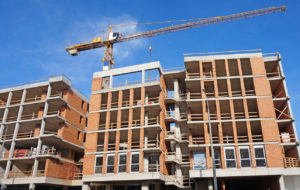 In the early 2010s, economic development emphasized renting over homeownership and young people over families, and clustered economic activity in urban cores instead of outlying areas. This model didn’t need much from the political system. But trends in recent years, affirmed by the latest census data, show that we’re going to need a different framework in the years to come, and it’s not clear yet if the economy and political system are up to the task.
In the early 2010s, economic development emphasized renting over homeownership and young people over families, and clustered economic activity in urban cores instead of outlying areas. This model didn’t need much from the political system. But trends in recent years, affirmed by the latest census data, show that we’re going to need a different framework in the years to come, and it’s not clear yet if the economy and political system are up to the task.
That early 2010s framework was born more out of necessity than choice. The housing and mortgage markets were smoldering craters by 2008, so homeownership was out and renting was in. From 1993 to 2007, the number of renting households in the U.S. was flat at 35.1 million. From 2007 to 2016, the number increased by more than eight million.

